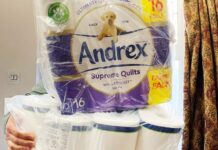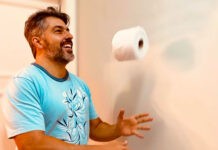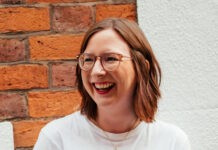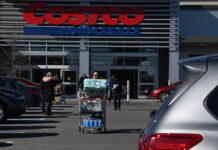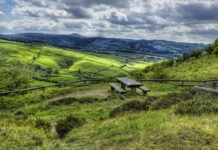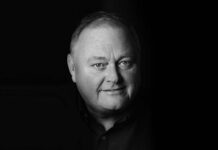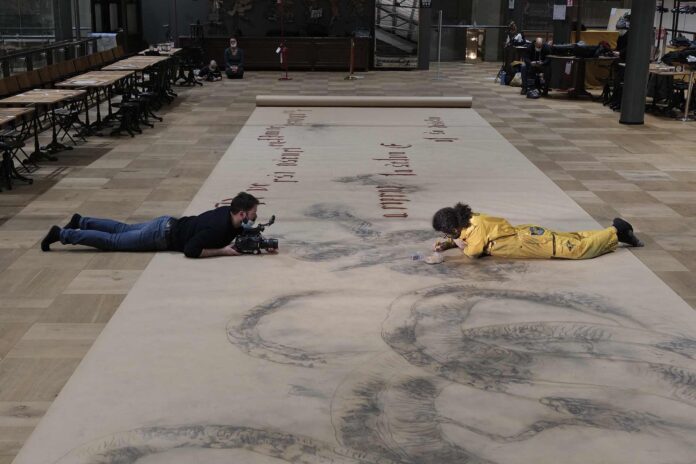
Italian artist Enrico Mazzone’s work includes Rubedo, a visual representation of Dante’s Divine Comedy, and the largest work of art said to have ever been made on paper. Always on the search for a new challenge, he is now being sponsored with 250 metres of recycled paper from Koehler Paper’s Greiz production plant to produce his largest-scale project yet … at one-kilometre total length. He speaks to TWM about inspiration, and his paper and tissue preferences.
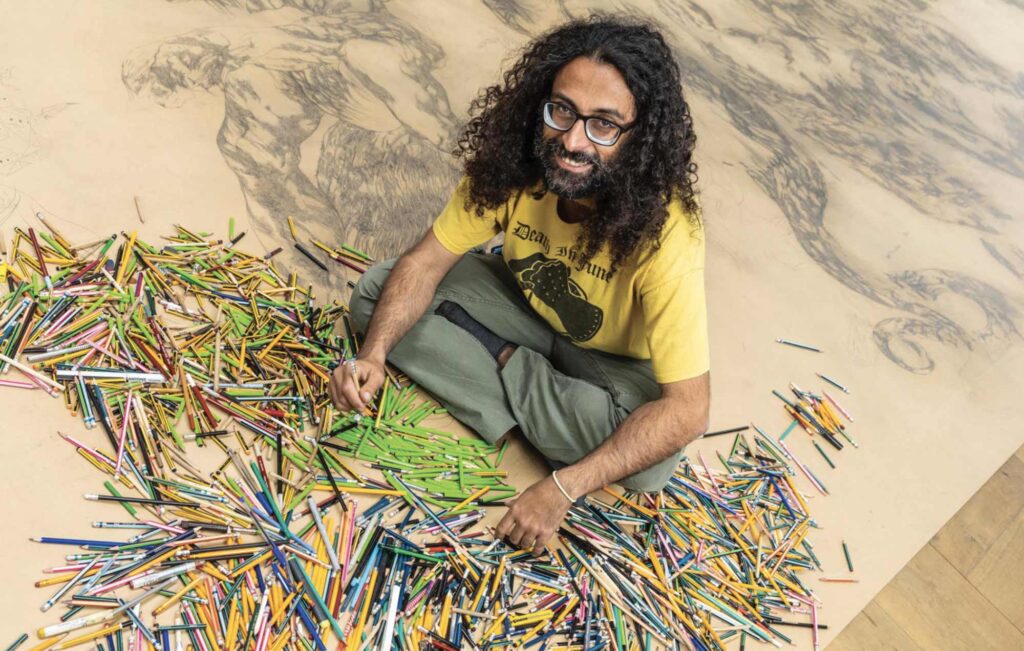
My last project, Rubedo, is the biggest work of art to have ever been made on paper. It has a height of four metres and a length of 97 metres, and took around 6,000 pencils to complete over a period of five years.
Yet as an artist, I am constantly searching for inspiration and challenges, and so obviously I wanted to create something even larger.
The Book of Revelation aims to do just that. It is being produced on paper with a total length of one kilometre, and, due to its size, is being completed in four parts: four x 250 metres.
For this task, German-headquartered speciality paper manufacturer Koehler Paper has provided me with its latest innovative, and sponsored me with 250m of its Koehler Eco Black recycled paper. This paper has deep and rich black colours, is made in a carbon-neutral manner, is lightfast, and is resistant to bleeding, colour migration, and rubbing.
I chose this paper for the The Book of Revelation project because the book, the Divine Comedy and the Ossian’s Saga, is vividly and emotionally rich and tasteful in its imagination.
To complete the project, I use pencils to draw thousands of small points very close to each other so that areas are filled. I am very fond of the graphic tradition which implies the acknowledgment of the figure by staring at the details. Small and indicative objects make an icon eligible by giving charm and incantation to the full picture. There is also, as the title implies, something more that must be revealed, and specifically what the audience can find out is abnormally meaningful. This kind of project, therefore, looks at the viewer’s position rather than the artist’s ego when we talk about the scale of size.
My own opinion stands between a provocation and a logical scientific method by German philosopher Hegel: Hypothesis (1), Thesis (2) and Synthesis (3). Black paper with a blue outline craft makes the composition quite hard to catch by standing from a far distance (1) … but by stepping closer, something starts to shift and some of the figures start to emerge (2).
When the enigma is finally considered, the masterwork is shown as another point of view, completely different beside the first observation. That’s why it fits well to work with the key word of revelation.
My interest in large scale drawings can be summed up by the beautiful German word streben – a verb that means to strive. To move, lean or slope in a certain direction. Observing from a far distance brings me back to investigate philosophical and logistic meanings.
Of course, as an artist I am attracted to all kinds of products that are linked to pulp. This raw material is very versatile as an art tool. I consume a lot of paper, and I believe in the sustainability of the ecosystem. My art range shifts and sweeps between all kinds of paper and cardboard for artwork.
In Finland, where I live, the area of paper’s use is increasing due to its recyclability and sustainability. Excessive plastic pollution is now pushing towards banning single-use plastic products, whereas paper packaging is seen as an alternative to replace that plastic packaging.
With my artwork, it is also interesting to gather theoretical information on the life cycle of paper and paper products, and their longevity. To achieve, I have collected information on the sources of paper, the production process, the paper products that are available, and the recycling process of the used papers. It is interesting to also compare paper in Finland to that in the Southern Europe zone, where I come from. We are seeing more products and more biocraft orientation. However, that doesn’t necessarily mean a product is better quality, but rather that the region likes the variation of the type of products that middle Europe has. For instance, I miss recycling paper a lot there.
In my small way, I am also trying to contribute to innovating a more sustainable green economy. I believe we should become aware how the globe has a lack of resources, and as much as we exist in this lifetime, it is a smart thing to give back what it is we use by recycling wherever possible. There is little excuse not to, as it depends how much consumerist wishes give more importance to a product over the environment, even if it is the cheapest and un-serving product.
Quality is always beside the price, and that makes the difference for me as an artist and as a human being. @mazzoneenrico






















